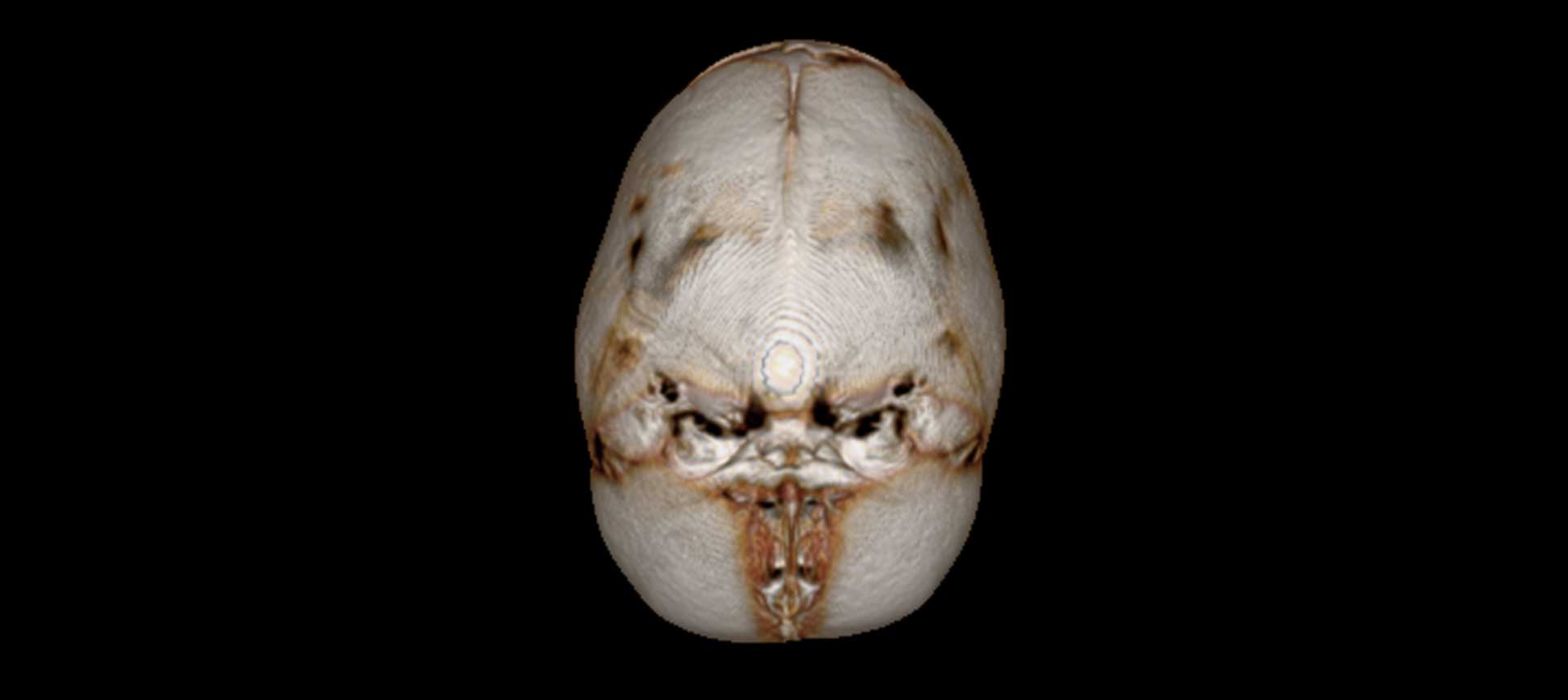 From the DukeHealth.org archives. Content may be out of date.
From the DukeHealth.org archives. Content may be out of date.
Toddler Thrives after Endoscopic Craniosynostosis Surgery
Minimally Invasive Surgery for Abnormal Head Shape
When an observant pediatrician told April Longmire and Mike Stone of Louisburg, NC that there were some irregularities in their infant’s skull, they were instantly worried. Today, their toddler is happy and healthy following minimally invasive craniosynostosis surgery performed by Duke pediatric neurosurgeon Carrie Muh, MD.
You never want to have anyone say anything is wrong with your child,” April explained.
Seeking answers, the family and Luke were referred to Duke pediatric neurosurgeon Carrie R. Muh, MD. She diagnosed Luke with sagittal synostosis, the most common form of craniosynostosis, a condition that causes a baby's head to become misshapen as it grows because the skull does not form properly.
“Infants have separate islands of skull,” Muh explained. “Those islands are separated by sutures that are supposed to close at a certain rate and age. If they close too soon, the skull can’t grow the way it needs to.”
Babies' brains grow rapidly during the first year of life. As Luke's brain grew, his head became elongated. His parents said he seemed to be constantly in pain. He would cry through the night and only sleep for short periods of time.
Luke needed surgery to fix his skull or he faced the potential for continued headaches, discomfort, and possibly developmental issues.
Minimally Invasive Brain Surgery for Babies
Dr. Muh worked with pediatric plastic and reconstructive surgeon Jeff Marcus, MD to repair baby Luke's skull. Rather than open-skull surgery, during which bone is removed and the skull is reshaped, the surgeons performed minimally invasive endoscopic surgery. Small incisions were made in his skull through an endoscopic camera, and small instruments were passed to remove the fused suture that prevented his skull from growing normally. Following surgery, Luke wore a custom-fitted helmet to mold the head back into a normal shape.
While April and Mike recalled being nervous when they sent their son to surgery, they were also thankful that Dr. Muh calmed their fears by walking them through the process.
“Everything they told us happened perfectly,” Mike said. The family was well prepared to help Luke through his recovery.

A Happy, Healthy Toddler
Today, Luke is a happy, 19-month-old child. He is active, loves to dance and is learning a few words.
Said April, “I can’t say enough about how much that surgery changed his life.”
Watch the video to learn more about Luke’s journey.




